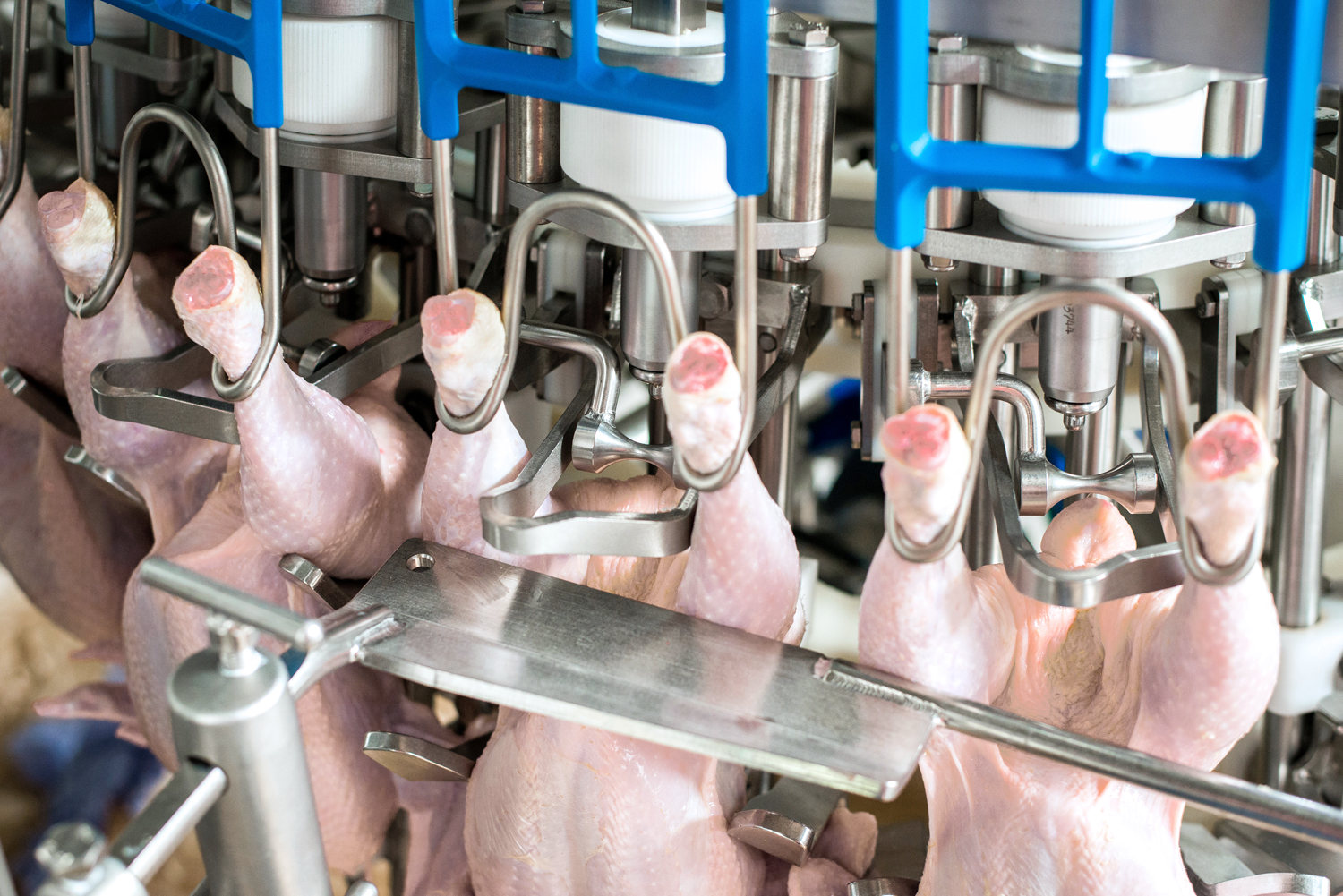As the global population continues to grow, the demand for protein sources, such as poultry meat, becomes increasingly vital. Poultry is a significant protein choice that is widely accepted worldwide, transcending cultural and religious boundaries. However, ensuring food safety is of paramount importance. It is essential to guarantee that poultry products are safe to consume and free from harmful pathogens and contaminants. Poultry processors bear a crucial responsibility in upholding food safety standards throughout the entire production chain, from the farm to the consumer's plate.
Salmonella and Campylobacter are two prevalent foodborne pathogens that can cause illness in humans and the poultry industry continuously put great efforts into implementing robust food safety measures and staying updated on intervention strategies and best farming and processing practices. While the primary focus often revolves around biological hazards during processing, it is important to acknowledge that various contaminants can potentially infiltrate the food product at any stage during its production, storage, and preparation. By implementing and managing effective food safety practices throughout the entire "farm to fork" continuum, the contamination risks of the final product can be minimized.
Maintaining optimal processing practices and upholding stringent hygiene measures are vital for minimizing contaminants in the poultry industry. A key step in preventing cross-contamination is the proper handling of live birds. One common practice to mitigate the risk of microbial contamination is withdrawing feed from the animals before catching and transporting them to the processing facility. Reducing gut contents prior to transport decreases cross-contamination during transportation, but it can also reduce the pathogen load and cross-contamination during processing.
Thoroughly cleaning transport equipment is paramount to prevent contamination between flocks. Additionally, throughout the processing stages, it is crucial to ensure that processing equipment is effectively cleaned. This places significant demands on the machinery design, necessitating an open machine structure with minimal horizontal surfaces and components that can withstand rigorous cleaning and disinfection procedures.

Maintaining strict control over cross-contamination during primary processing stages, especially during scalding, picking, and evisceration, is of utmost importance. Scalding plays a critical role in pathogen control, as excessive contamination of incoming birds can lead to microbiological contamination of the water. Any organic matter (such as feces, blood, feathers, dirt, etc.) and the potential presence of pathogenic bacteria on the surface of one bird can then be transferred to the surfaces of other birds as they enter the scalder.
The precision of the evisceration equipment is of utmost importance in avoiding damage to the intestines, thus preventing fecal contamination. The presence of adjustment features on the evisceration machines enables fine-tuning of the processing parameters to suit the specific characteristics of the flock being processed. Proper product positioning plays a crucial role in minimizing miscuts, thereby reducing the risk of fecal contamination.
Following evisceration, thorough inside-outside bird washing is essential to further minimize contamination risks. This additional washing step helps minimize contaminants and enhances the overall hygiene of the final product.

Chilling plays a crucial role in preventing microbial growth in poultry meat, ensuring both product safety and extended shelf life. Whether utilizing water or air chilling methods, fast cooling is essential to minimize bacterial growth.
The extensive bird-to-bird contact during immersion chilling can introduce the risk of pathogen cross-contamination with other carcasses. However, it also offers potential benefits such as the washing effect resulting from counter-current flow water, agitation, and chlorination, which can help reduce contamination levels. On the other hand, air chilling provides an alternative approach to mitigate cross-contamination. By individually hanging carcasses on the processing line, the risk of pathogen transfer between carcasses is decreased. If the air chilling tunnel is designed as a single-tier solution, any potential drip contamination is furthermore eliminated. Ultimately, both water and air chilling methods have their advantages and considerations regarding bacterial contamination. The choice of chilling method should be based on a comprehensive assessment of factors such as product safety, yield, quality, and production efficiency, to ensure the best outcomes for poultry processors.

While refrigeration can only slow down bacterial growth, freezing effectively puts bacteria into a dormant state, rendering them inactive until thawing. By essentially "putting bacteria out of the game," freezing ensures the safe transportation of products from the processor to the consumer.
Given the complexity of the global meat supply chain, which often involves long distribution chains and transportation across countries and continents, implementing effective freezing practices, as well as monitoring time-temperature profiles, becomes paramount to ensure the overall success of delivering products that meet consumer expectations in terms of freshness and safety.
It is important to identify all the potential food safety hazards associated with each stage of the production process and this involves the use of multiple process control steps and interventions located throughout the process. Celebrating World Food Safety Day, we should recognize the essential role of the poultry processing industry in safeguarding food safety. By implementing stringent measures and embracing continuous improvement, we can ensure that poultry products reach consumers' plates as safe, wholesome, and nutritious food choices.
© Picture Credits: